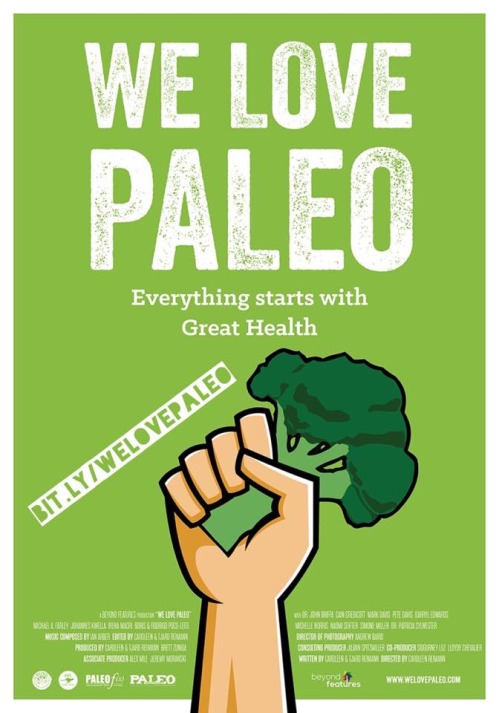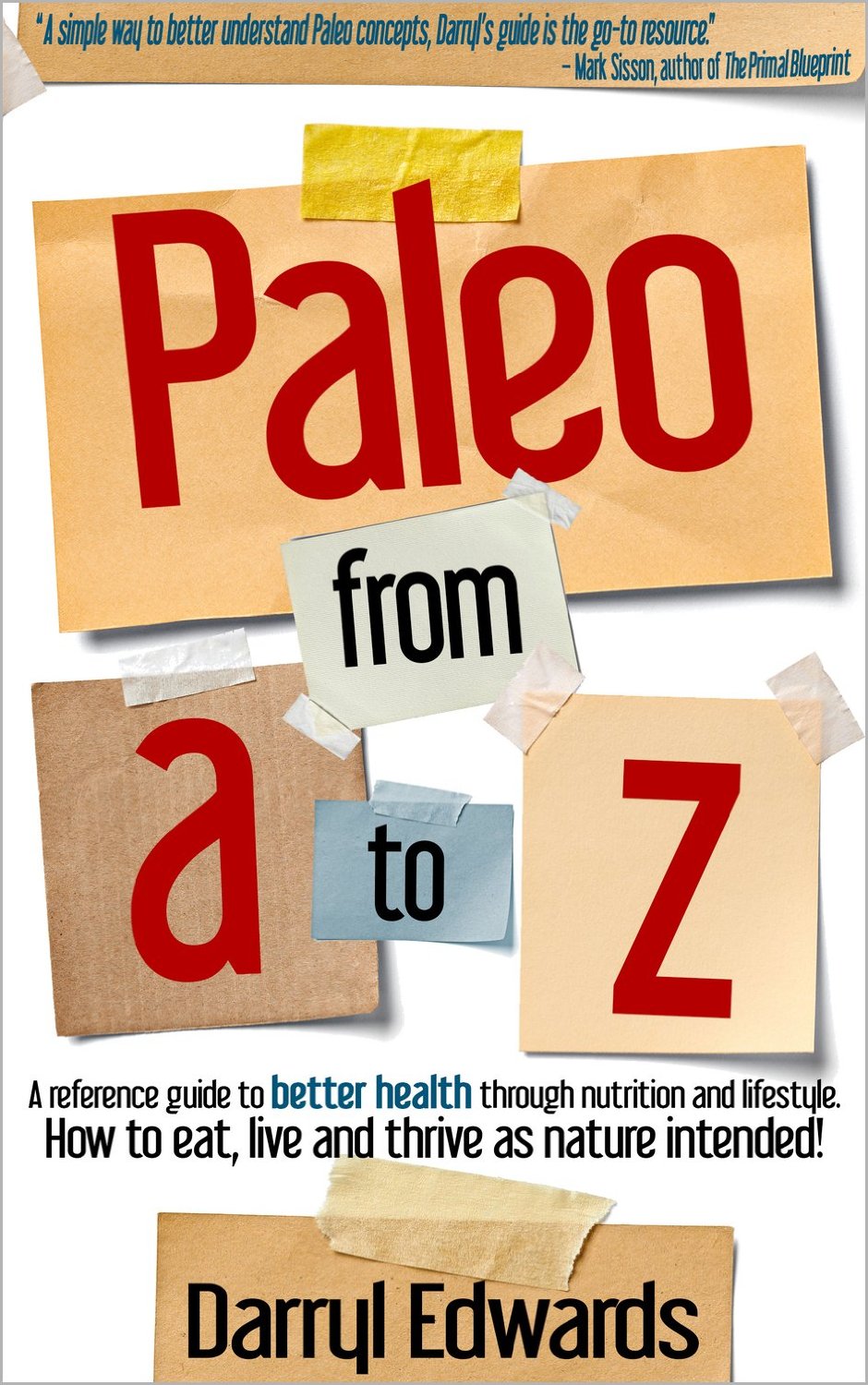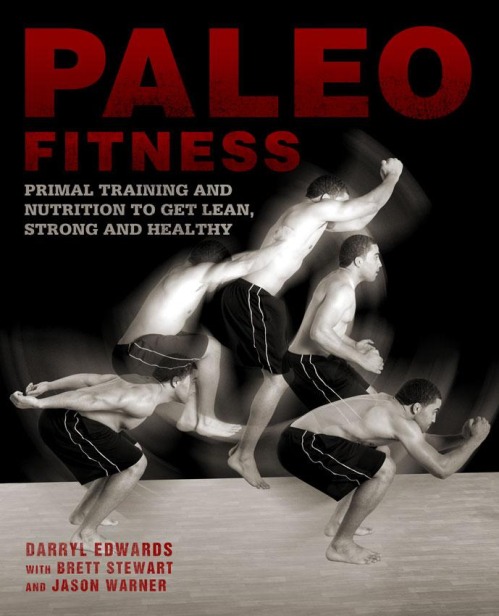Look at me, I've had no problems managing my weight - I'm fine why do I need to change my lifestyle?

I am sure you have met the type:
the woman who can eat what they want, when they want - does little or no exercise but is still slim.
Or the girl who is always in the gym - does lots of cardio, hardly eats anything but when they do they can "treat themselves" because of all the work they put in at the gym.
Or the guy who does everything they can in terms of exercise and diet but still can't get rid of the small spare tyre
Looks can be deceiving.
Skinny but Fat:
Most people looking at a slim individual may not think they have a fat problem. They can use the body mass index (
BMI - weight in kilograms divided by height in metres squared) and conclude they have a 'healthy weight' for their height.
The BMI calculation is flawed because it won't tell you what your body composition is - i.e no record of the percentages of fat, bone and muscle in the human body.
For this reason two individuals could be identical in terms of height and weight but one person could have significantly higher levels of body fat than the other.
Body Fat Scales:
You can go one better and use bio-electrical impedance (body fat percentage) scales which measures body composition more accurately. However there is still something missing from the BMI calculation and (most body fat percentage scales) - where is the fat stored?
Visceral vs Subcutaneous:
The fat we tend to associate with overweight people is subcutaneous fat, this is the fat just under the skin. However millions of people have a fat problem that doesn't put fat on the thighs or the arms. There is fat that is hidden deep inside the body which can be very dangerous. Hidden, internal fat is called visceral fat.
Evidence suggests the precise location of your fat has more of a bearing on health than how much fat you have. You could be fat on the inside and thin outside. Skinny Fat. This is not an oxymoron.
Most of this visceral fat surrounds the vital organs such as the liver and kidneys. Visceral fat in itself isn't bad, but an excess of visceral fat is. This type of fat differs from 'normal' fat in that it is metabolically active, in effect it affects other organs quite easily. In one of its most dangerous forms it can lead to excess epicardial fat which surrounds the heart.
Location, Location, Location:
People who have too much weight around their abdomen, often called an apple shape, have a greater risk of developing heart disease and type 2 diabetes through insulin resistance than those who are pear shaped and carry the weight around the hips.
Why is this? Well visceral fat releases chemicals which can damage arteries around the heart leading to heart disease; it also contains chemicals that can increase the likelihood of cancer. With close proximity to the liver, visceral fat can affect the liver's ability to clear insulin from the blood which can lead to type II diabetes.
Anything I can do?
However there is some good news, because visceral fat is metabolically active. It is some of the first fat that is lost when undertaking the right nutrition, lifestyle and activity regime. Weight alone should never be used as the sole indicator to determine how fat (or healthy) you are.
Being overweight or obese increases your risk of contracting lifestyle diseases such as diabetes, heart disease and cancer - significantly. But if you are skinny with high levels of visceral fat you are also encountering the same risk factors.
Obtain body fat percentage readings that have a visceral fat indicator, and undertake the right lifestyle choices that will reduce fat to healthy levels. Lifestyle is linked to nutrition, hormone balance, adequate rest and recovery with activity that maintains and optimises lean body mass.
In a nutshell:
- Find out your body fat percentage, take guidance on a healthy percentage;
- Get an indication of your levels of visceral fat, remember you could look slim but be fat on the inside; or overweight with a high proportion of visceral fat;
- You should choose foods that reduce insulin production;
- minimise cortisol by reducing chronic levels of long term stress (linked to excessive endurance activity, lack of sleep, lack of recovery, etc);
- naturally boost testosterone, human growth hormone (hGH) and insulin growth factor (IGF-1) through the right types of exercise activity - such as sprinting, strength work and short bursts of very high intensity training;
This is important for all, and even more important for those with high levels of visceral fat.
The above changes will help to promote fat burning and reduce the likelihood of accumulating higher than normal levels of visceral fat.
 Wednesday, September 21, 2011 at 20:48 | by
Wednesday, September 21, 2011 at 20:48 | by  Darryl Edwards
Darryl Edwards 




















